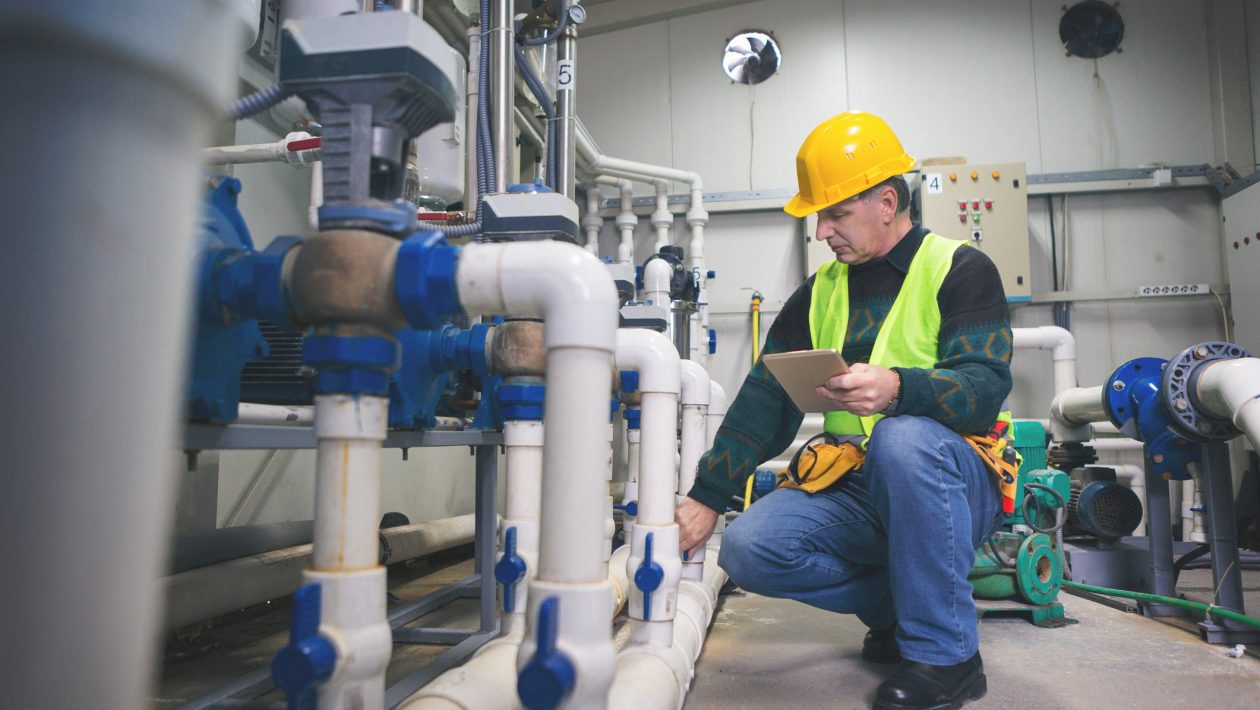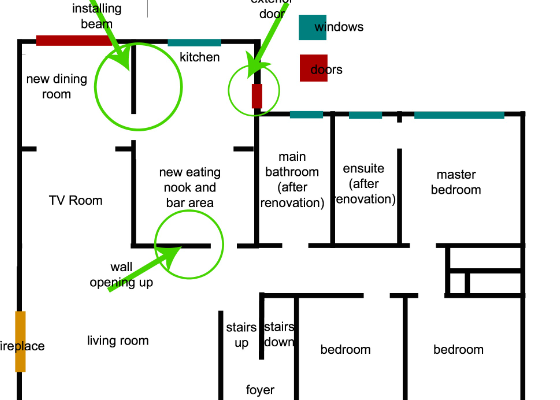Automation and control systems help businesses and organizations save energy and make equipment last longer. They also increase occupant comfort and productivity and cut greenhouse gas emissions. A BAS system comprises sensors, controllers, output devices and a user interface. These components connect over a network that uses an open communication protocol.
Table of Contents
Sensors
Sensors are the building blocks of control systems. They take in information about environmental changes, such as temperature, humidity, lighting levels and smoke, and send it to other electronics. Controllers, the brains of the BAS, then receive that data and transmit commands to individual systems based on it. Some sensors can detect the presence of certain chemicals or other materials in air, water and other areas within buildings. For example, a chemical sensing device may report an abnormal oxygen level in the room or alert a system administrator to a hazardous substance on-site. Other sensors can detect the presence of ions, organic elements, suspended solids, or pH levels in water. And still, additional sensors can measure the presence of gases, such as carbon monoxide or flammable and toxic substances.
Sensors can also monitor equipment for potential failures. They can also track power consumption and help the building operate more efficiently to lower energy costs. For example, sensors can keep temperatures and lighting within predetermined limits and automatically adjust shades and lights based on time of day and occupancy. This type of automation can reduce greenhouse gas emissions, energy use and costs and even improve the safety and productivity of building occupants.
Output Devices
A building automation and control system must control lighting, heating and cooling systems. It should also be able to monitor for lapses in the power supply and transfer power from backup to those systems, avoiding facility downtime and keeping critical services online. A BAS can also manage functions at intervals to reduce peak load, the building’s highest daily energy usage. It can help reduce the strain on the local utility grid and give other users access to more energy.
Controllers collect information from sensors and process that data to make decisions. They then send those decisions through output devices to control equipment and systems. These include airflow and temperature sensors, humidity control, motion sensor activation, parking lot light scheduling or daylight harvesting louvers. They can also include fire safety systems and other important facility safety devices. Most modern systems use an open protocol to allow these devices to work together. It’s best to avoid proprietary designs because they may not be able to integrate seamlessly with other products in the future. Rather, choose an Internet-powered BAS that gives you centralized control of your entire portfolio or campus of buildings. Then you can fine-tune your HVAC, lighting, power and security systems through a single interface.
Controllers
The controllers in a BAS gather data from the sensors and decide what to do with the information. They might tell the output devices to lower or raise a space’s temperature, turn on lights in an empty room, dim lights at night, etc. They use a communications protocol to communicate with the other system components. The centralized system can control systems including HVAC, electrical lighting, access control and security systems, automated shades, and more. It’s a great way to reduce energy, operating, and maintenance costs and improve the building’s user experience. Until recently, the various systems in buildings were treated like closed blocks with their interfaces, but now they’re being integrated into one network. Proprietary hardware still dominates the controller market, but ASHRAE’s open protocol BACnet and others allow for interoperability among devices, using a common communication language such as SNMP, built on decades of experience with similar protocols in computer networking. As a result of this integration, we’re seeing more and more of these systems evolve into smart buildings. For example, adding machine learning to the mix allows a building’s systems to learn from accumulated data and respond to it appropriately. It means the system can operate more efficiently over time.
User Interface
For years, individual utilities in a building have operated as siloes with their own set of controls and systems. Smart building automation and control systems, sometimes called Building Management Systems (BMS), or Building Energy Management Systems (BEMS), solve the problem by uniting all systems under centralized control. This central system gathers data from all input and output devices, processing that information through its programmable controller. Then, the system’s user interface sends signals to each device to adjust its settings as needed. For example, the system might signal the programmable logic controller to reduce airflow to a room based on its temperature readings.
Ultimately, these systems can lower energy costs in many ways. For instance, by adjusting shades and lighting to match occupancy levels, a facility might save on electrical usage. In addition, a BMS could detect and respond to problems like indoor air pollutants, mechanical failures, or security threats. Building automation is one of the keys to reducing energy consumption in larger commercial buildings, which must meet strict greenhouse gas emission standards. Ideally, new facilities are equipped with these systems, but existing structures can be retrofitted to enjoy their benefits.





